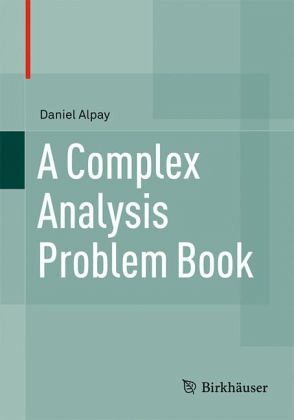
A Complex Analysis Problem Book
Versandkostenfrei!
Nicht lieferbar
This is a collection of exercises in the theory of analytic functions, with completed and detailed solutions. We wish to introduce the student to applications and aspects of the theory of analytic functions not always touched upon in a first course. Using appropriate exercises we wish to show to the students some aspects of what lies beyond a first course in complex variables. We also discuss topics of interest for electrical engineering students (for instance, the realization of rational functions and its connections to the theory of linear systems and state space representations of such syst...
This is a collection of exercises in the theory of analytic functions, with completed and detailed solutions. We wish to introduce the student to applications and aspects of the theory of analytic functions not always touched upon in a first course. Using appropriate exercises we wish to show to the students some aspects of what lies beyond a first course in complex variables. We also discuss topics of interest for electrical engineering students (for instance, the realization of rational functions and its connections to the theory of linear systems and state space representations of such systems). Examples of important Hilbert spaces of analytic functions (in particular the Hardy space and the Fock space) are given. The book also includes a part where relevant facts from topology, functional analysis and Lebesgue integration are reviewed.




